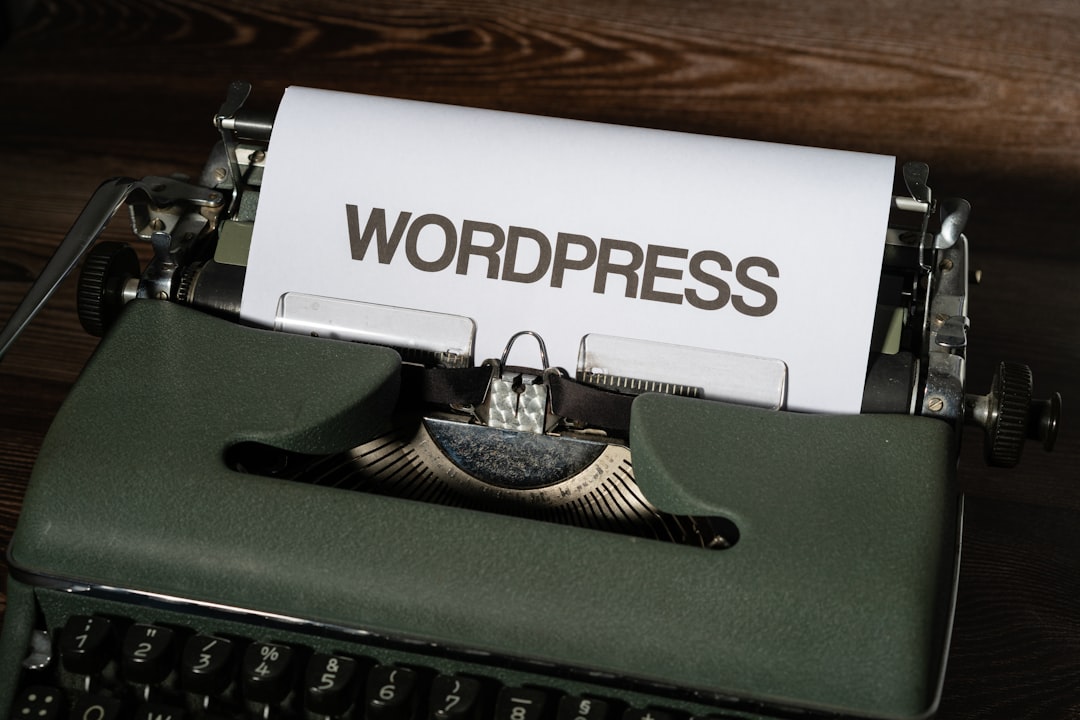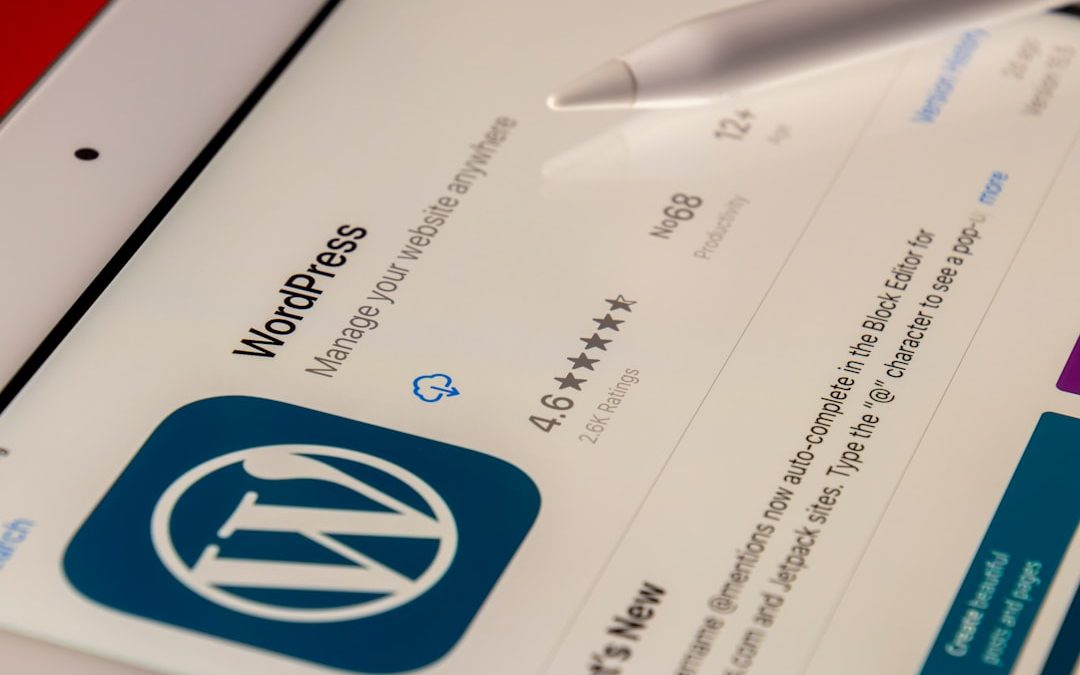Nothing is more frustrating for content creators and site administrators than spending time and effort crafting a perfect post in WordPress, only to be met with a vague and confusing error message when attempting to publish it. The “Publishing failed” error in WordPress is one such roadblock that leaves users scratching their heads. Understanding what causes this error and how to resolve it is essential for keeping your content workflow seamless and productive.
What Does the “Publishing failed” Error in WordPress Mean?
The “Publishing failed” message typically appears at the top of the editor screen when WordPress can’t complete the process of publishing or updating a post or page. It usually stems from a communication failure between your browser and your WordPress site’s back-end server.
This error is commonly associated with WordPress REST API issues—if that API is blocked or broken, WordPress cannot process commands like saving drafts, publishing posts, or auto-saving changes.

Common Causes of the Error
There is no one-size-fits-all explanation for the “Publishing failed” error. However, it can often be traced back to a few recurring culprits:
- REST API Errors: REST API enables communication between your browser and WordPress. If it’s disabled or blocked, publishing becomes impossible.
- Authentication Issues: Incorrect login sessions or expired security tokens can lead to publishing failures.
- Permalink or URL Structure Problems: Misconfigured permalinks can interfere with REST API calls.
- Plugin or Theme Conflicts: Poorly coded plugins or themes may interfere with the editor’s functions.
- Firewall or Security Software: Security plugins or server-side firewalls might block necessary API requests.
- CORS Policy Restrictions: If your server blocks cross-site requests, the editor’s communication with the API may become unstable.
- Outdated WordPress Core Files: Running an outdated version of WordPress may result in compatibility issues with modern features.
How to Identify REST API Issues
WordPress provides a built-in Site Health tool that can help identify REST API problems. You can access this by navigating to:
- Tools > Site Health
Look under the “Status” tab for any REST API or loopback request warnings. This can give you a heading in terms of where to start troubleshooting.
Step-by-Step Fixes for the “Publishing failed” Error
Here’s a breakdown of practical steps users can take to fix the issue:
1. Check Internet Connection
It may sound obvious, but a spotty or slow connection can time out REST API calls. Refresh your connection or try a different network.
2. Retry Login or Clear Session Cookies
Sometimes the error is due to session timeouts or expired nonce tokens (used for security purposes). Simply logging out and back in or clearing cookies could solve the problem.
3. Disable Plugins Temporarily
To identify a conflicting plugin:
- Go to Plugins > Installed Plugins.
- Deactivate all plugins.
- Try publishing your content again.
- If the error is gone, activate plugins one by one to identify the culprit.
4. Switch to a Default Theme
Some themes may interfere with the block editor or back-end communication. Temporarily switch to Twenty Twenty-One or another official WordPress theme to test if the issue persists.

5. Check Site URL in Settings
Go to Settings > General and confirm that the WordPress Address (URL) and Site Address (URL) are correct and use the proper protocol (HTTP or HTTPS). Mismatched URLs can break API functionality.
6. Adjust Firewall and Security Settings
Security plugins like Wordfence, Sucuri, or server-level firewalls may block API POST and GET requests. Try temporarily disabling the firewall to test whether it solves the problem. If so, reconfigure rules to whitelist RESTful requests.
7. Enable Permalinks
If you’re using “Plain” URLs under Settings > Permalinks, switch to a more SEO-friendly format like “Post name.” This ensures that the REST API operates correctly with proper route handling.
8. Check Console Errors in Browser Developer Tools
Press F12 in your browser to open Developer Tools, and go to the Console tab. If there are red error messages related to the REST API or CORS policy, these could shed light on why publishing is failing.
9. Increase PHP Memory Limit
If server resources are tight, WordPress functions may be disrupted. Increase your PHP memory limit by adding the following line to the wp-config.php file:
define('WP_MEMORY_LIMIT', '256M');
10. Reinstall WordPress Core Files
In rare instances, corrupted core files can break editor functionality. Navigate to Dashboard > Updates and click “Reinstall WordPress.” You won’t lose content, but always back up your website first.
When to Contact Your Hosting Provider
If all else fails and the publishing error persists, it’s time to reach out to your web host. Their servers may be blocking HTTP requests, or there might be misconfigurations affecting API access. Provide them with details from the Site Health tool and any browser console errors for swift resolution.
Preventive Measures for the Future
Once resolved, it’s wise to protect your site against future publishing issues:
- Keep WordPress, themes, and plugins updated.
- Use quality plugins with good support records.
- Use a staging site to test plugins and major changes.
- Backup your site regularly using plugins like UpdraftPlus.
- Perform regular Site Health checks.
Conclusion
The “Publishing failed” error can be perplexing, but it’s usually fixable with a bit of troubleshooting. The key lies in understanding how REST API impacts WordPress communication and testing elements like plugins, themes, and URLs that may interfere. By following the steps above, users can restore seamless publishing functionality and avoid future disruptions.
Frequently Asked Questions
- What is the REST API in WordPress?
The REST API enables WordPress to communicate with browsers and other applications through HTTP requests. It supports front-end editors like Gutenberg and mobile apps. - Can I still use the Classic Editor if the block editor fails?
Yes, you can install the Classic Editor plugin to revert to the previous editing experience. This can sidestep some API issues temporarily, though it’s not a permanent fix. - Does switching themes delete my content?
No. Changing themes only changes the appearance of your site. Your posts and pages remain intact. - Why does the error only happen when I’m logged in?
Publishing requires admin-level permissions. If there’s a session issue or token problem, the site may fail to recognize your user account properly when logged in. - Will reinstalling WordPress delete my content?
No. Reinstalling WordPress core files from the dashboard only replaces the software itself—not your posts, pages, plugins, or media files. Always back up just to be safe. - Are there plugin alternatives to fix REST API issues?
Yes. Some caching and security plugins offer diagnostics or fixes for API problems—for example, WP Rocket, SiteGround Security, or Health Check & Troubleshooting plugins.
yehiweb
Related posts
New Articles
Jobs That Hire at 15: Companies Hiring Teens Right Now
For many teenagers, getting a job at 15 is more than just a way to earn money—it’s a valuable opportunity…


